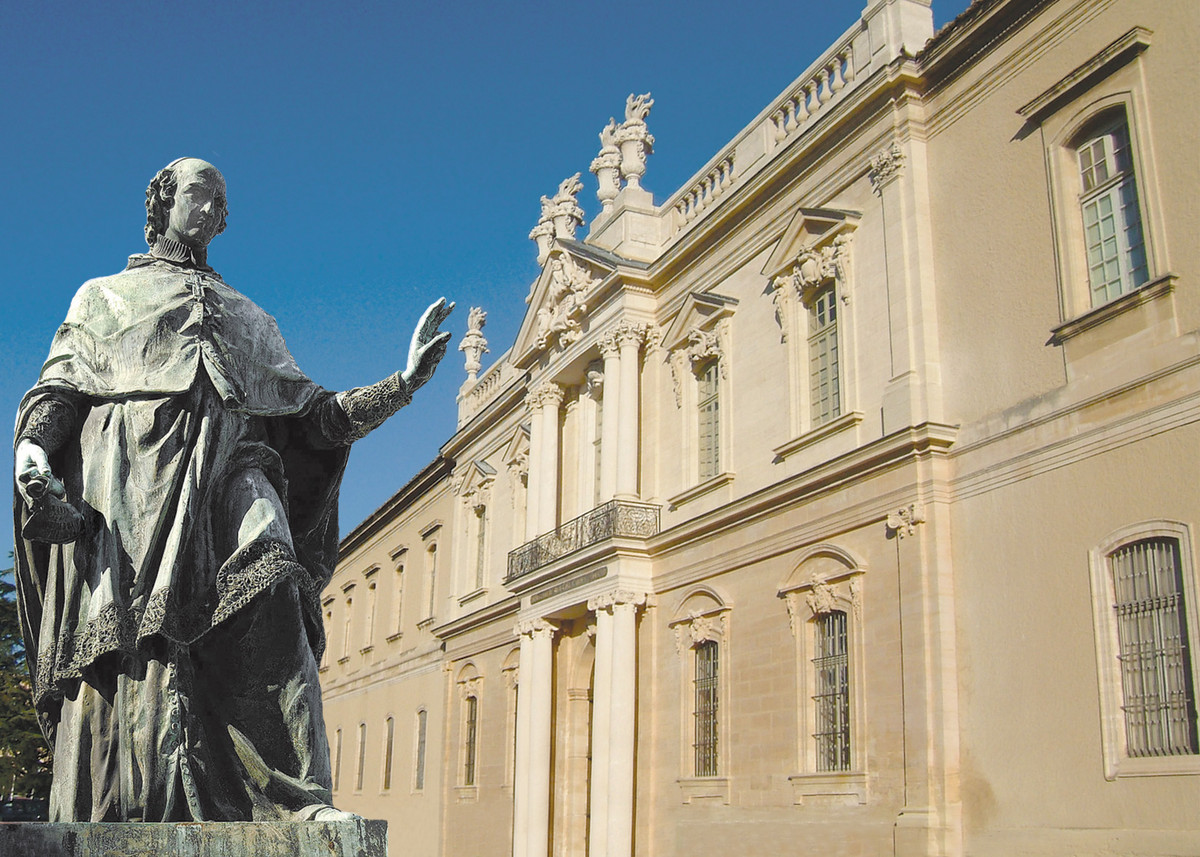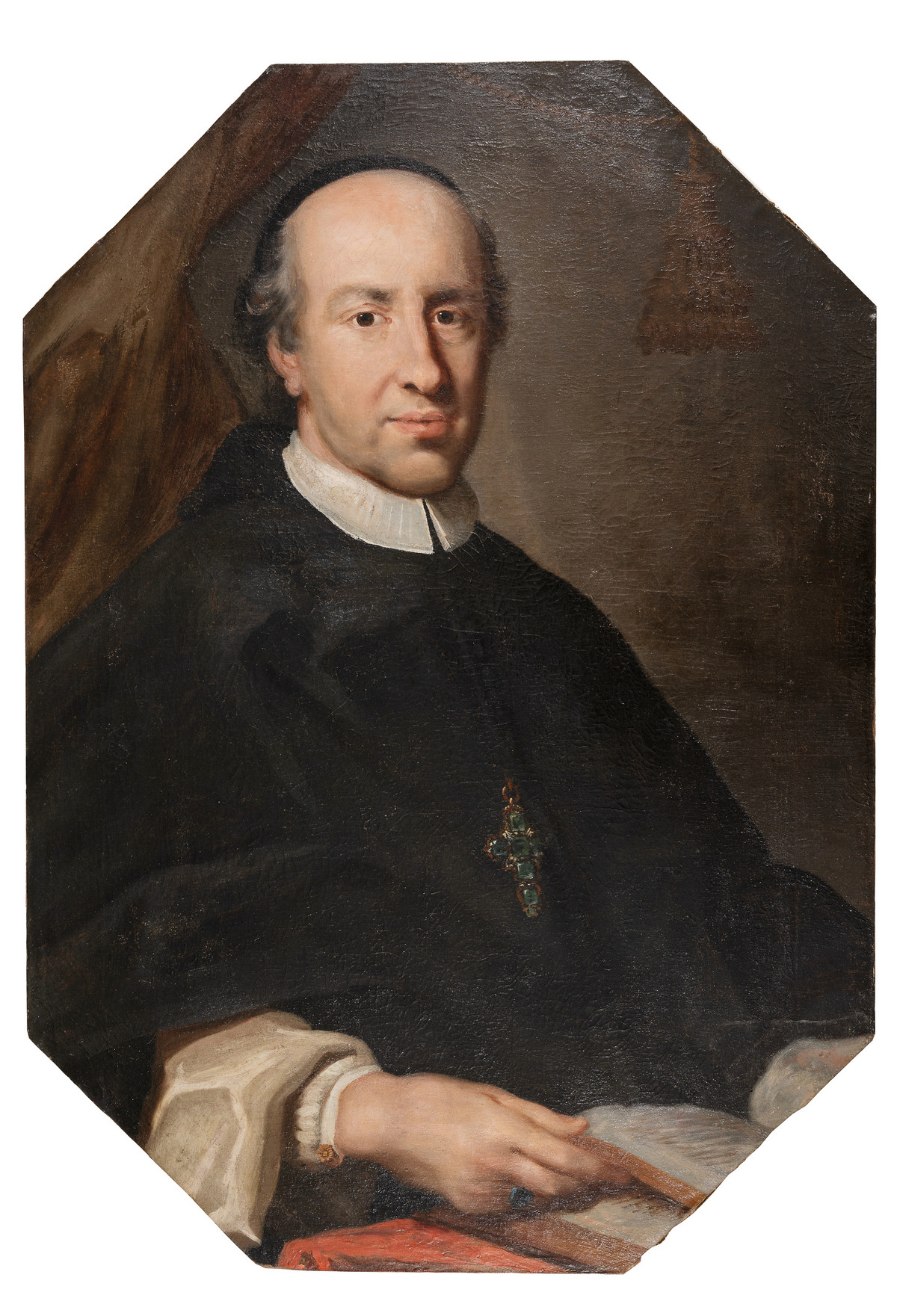The founder
Dom Malachie d’Inguimbert, Bishop of Carpentras from 1735 to 1757, was a collector and benefactor of the capital of the Comtat Venaissin.
His two great creations – the Hôtel-Dieu and the Inguimbertine library museum – made him one of the most eminent figures in Carpentras.
Born in the capital of the Comtat Venaissin in 1683, Joseph Dominique d’Inguimbert was always destined to an ecclesiastical career, with his studies taking him to Aix-en-Provence and Paris. He was ordained as a priest in 1707 and left for Rome in 1709. He would lead most of his career in Italy, 26 years of it. In particular, he worked under Cardinal Lorenzo Corsini, who became Pope Clement XII in 1730 and selected d’Inguimbert as his confessor and curator of his private library. He went on to bestow many honorific and well-paid titles onto d’Inguimbert: he was promoted to Archbishop of Teodosia, commendatory abbot of the Abbey of Cîteaux, the Abbey of Montmajour, and more.
When he was appointed to the episcopal see of Carpentras in 1735, d’Inguimbert moved in with an impressive library of almost 4000 books, paintings, prints and antiquities.
Following what he knew from Italy, he prepared a building to house his collections and allowed the public to access it from 1745. His collection went on to grow to more than 25,000 works covering all disciplines. One of his most famous acquisitions was the “Peiresc papers”.
This collection from the last European humanist, Provence native Nicolas-Claude Fabri de Peiresc (1580-1637), covered the entire breadth of knowledge of the era. Between his insatiable thirst for knowledge and his relations with the greatest minds of his time, he gathered a physical collection of knowledge in his exceptional cabinet of books, medals, works of art, and other curiosities. He carried out many studies and experiments himself as well, such as in astronomy (he discovered the Orion Nebula), geography, history, botany, zoology, etc.
Upon his death in 1757, d’Inguimbert converted his library museum into a public foundation for the benefit of his fellow citizens, which means that the Inguimbertine is one of the oldest cultural public establishments in France today.
Engraved into the base of the statue erected in his honour in 1858, a rhyming couplet from J.-L. Piot, a poet from Avignon, summarises the tribute paid by the people of the Comtat:
His liberal hands shaped a Vaucluse where the poor had no wants and the ignorant no excuses



